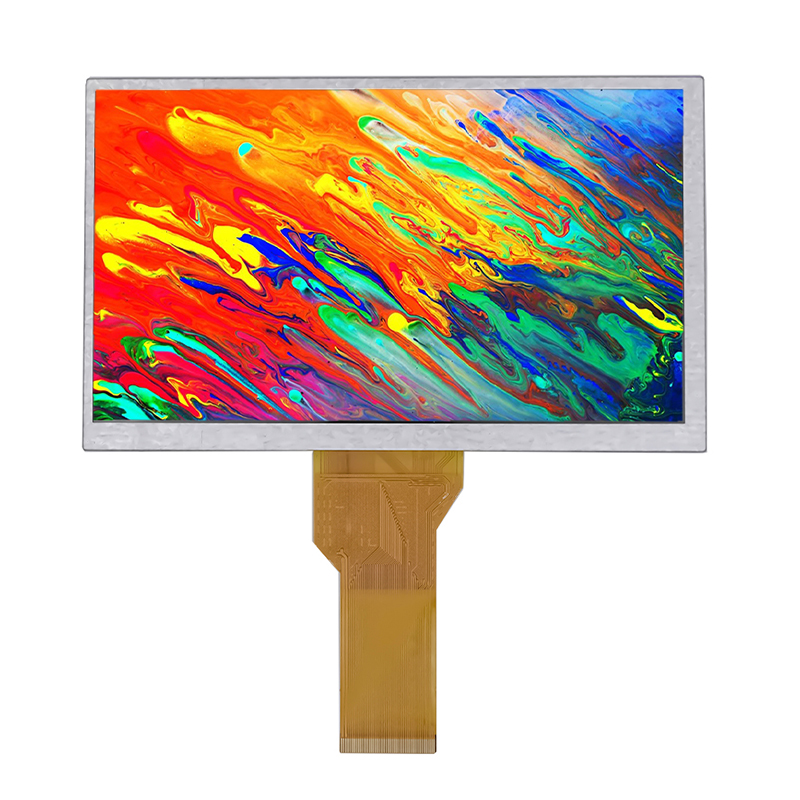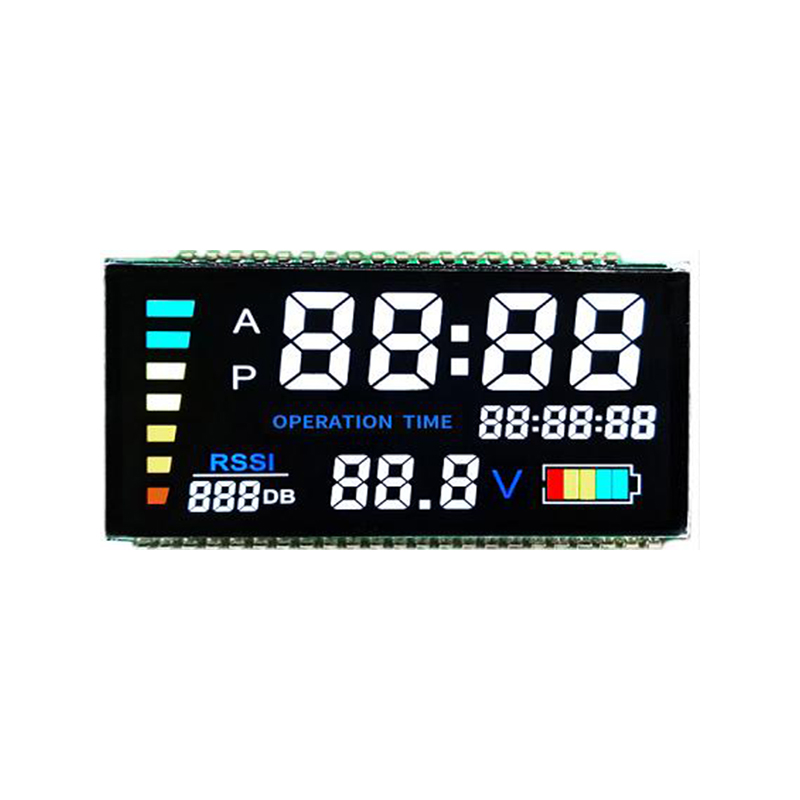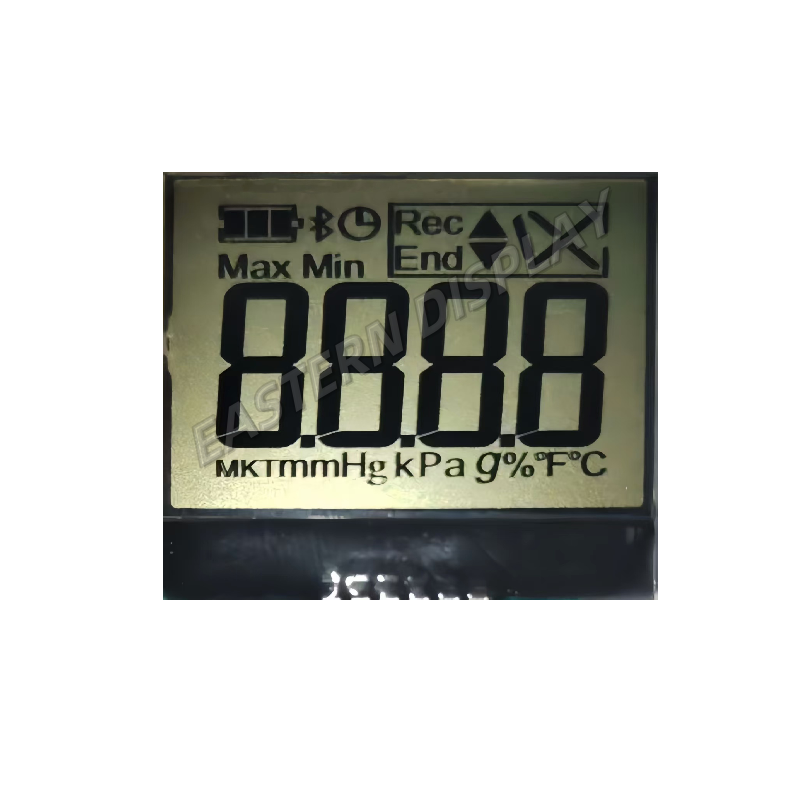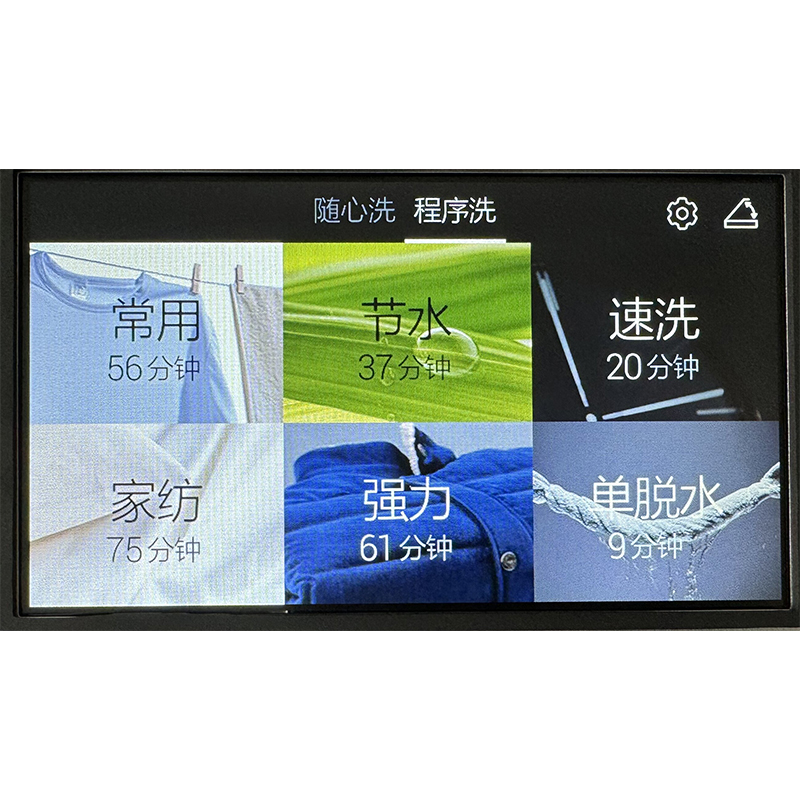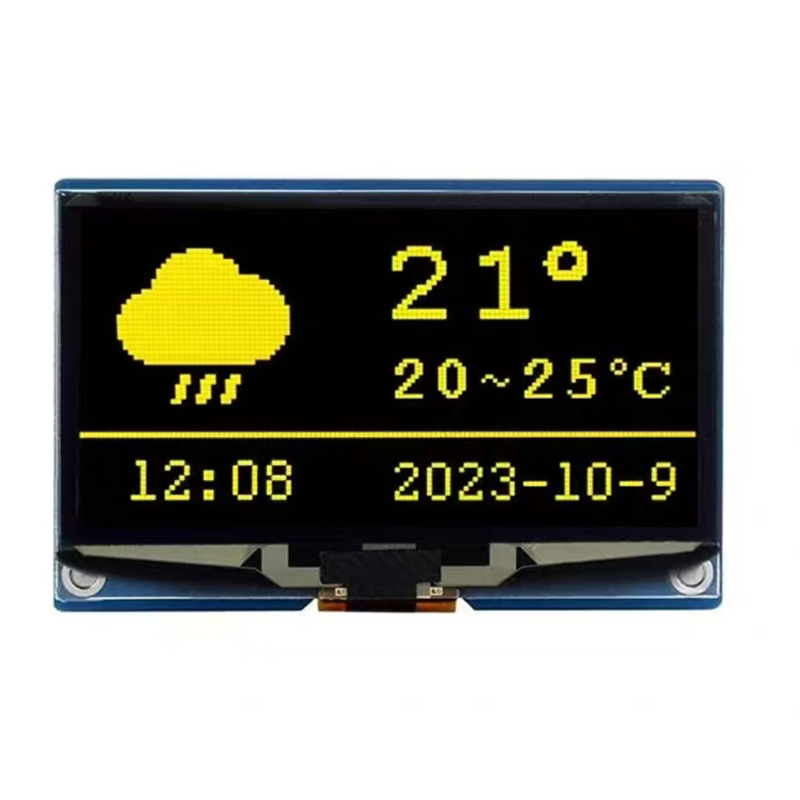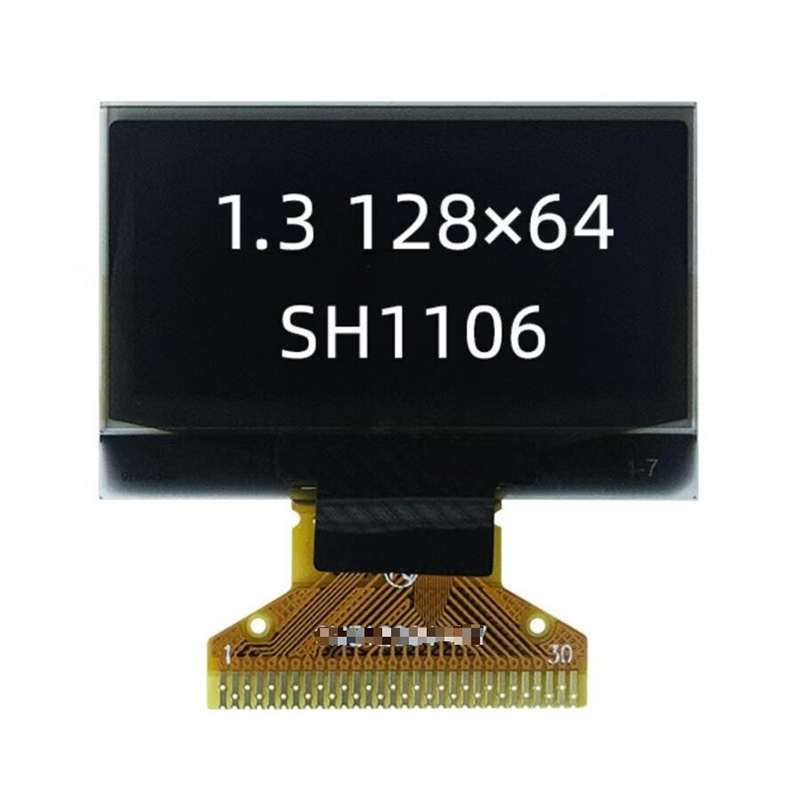
This guide explores the world of 128x128 TFT displays, covering their specifications, applications, and considerations for choosing the right one for your project. We'll delve into key features, common use cases, and provide valuable insights for making informed decisions. Learn about resolution, color depth, interface options, and more.
A 128x128 TFT display boasts a resolution of 128 pixels horizontally and 128 pixels vertically. This relatively low resolution is suitable for applications where high visual fidelity isn't paramount, but where clear, legible information is necessary. The pixel density directly impacts the sharpness and clarity of the displayed image. While not as crisp as higher-resolution displays, the 128x128 TFT offers a good balance between image quality and cost-effectiveness.
The color depth of a 128x128 TFT display can vary, ranging from monochrome (black and white) to 16-bit color (65,536 colors) or even higher depending on the specific model. Color depth significantly impacts the visual richness of the displayed content. For applications requiring vibrant visuals, a higher color depth is preferred. However, a lower color depth can suffice for applications focusing on text or simple graphics.
128x128 TFT displays typically connect via interfaces like SPI, I2C, or parallel interfaces. The choice of interface depends on factors such as data transmission speed requirements, complexity of the circuit design, and the microcontroller or processor being used. Understanding the compatibility of your chosen interface with your system is crucial for seamless integration.
128x128 TFT displays are commonly used in embedded systems and Internet of Things (IoT) devices where a compact and cost-effective display solution is required. Their relatively small size and power efficiency make them ideal for applications such as smartwatches, handheld devices, and various industrial control systems. Examples include simple dashboards displaying sensor readings or basic user interfaces.
The compact nature of a 128x128 TFT display makes it well-suited for integration into various consumer electronics and wearable devices. These displays provide a small yet effective interface, offering functionality without sacrificing space or aesthetic appeal. Applications can range from simple status indicators to more complex displays in smartwatches or fitness trackers. Many manufacturers like Dalian Eastern Display Co., Ltd. specialize in providing quality displays for various applications.
Selecting the appropriate 128x128 TFT display involves considering several key factors. These include the desired resolution, color depth, interface type, operating voltage, power consumption, and overall dimensions. Carefully evaluating these aspects ensures the display meets your specific requirements and integrates seamlessly into your project.
The market offers a wide range of 128x128 TFT displays with varying specifications. To compare different models effectively, utilize datasheets and specifications provided by manufacturers. Consider factors like brightness, contrast ratio, viewing angle, and operating temperature range. A comprehensive comparison will assist in choosing the ideal display for your project's needs.
128x128 TFT displays offer a versatile and cost-effective solution for a wide range of applications. Understanding their capabilities, limitations, and the factors influencing their selection is crucial for successful integration into your project. By carefully considering the aspects outlined in this guide, you can choose the optimal 128x128 TFT display to meet your specific needs and contribute to the success of your endeavor. Remember to always consult datasheets from manufacturers like Dalian Eastern Display Co., Ltd. for detailed specifications before making your final decision.


